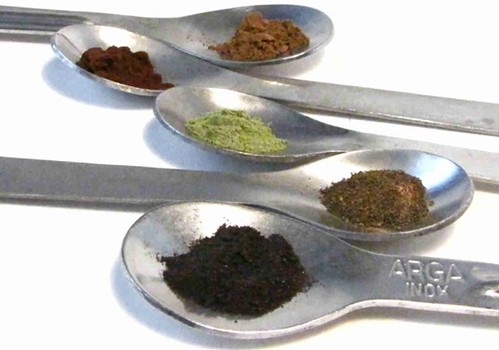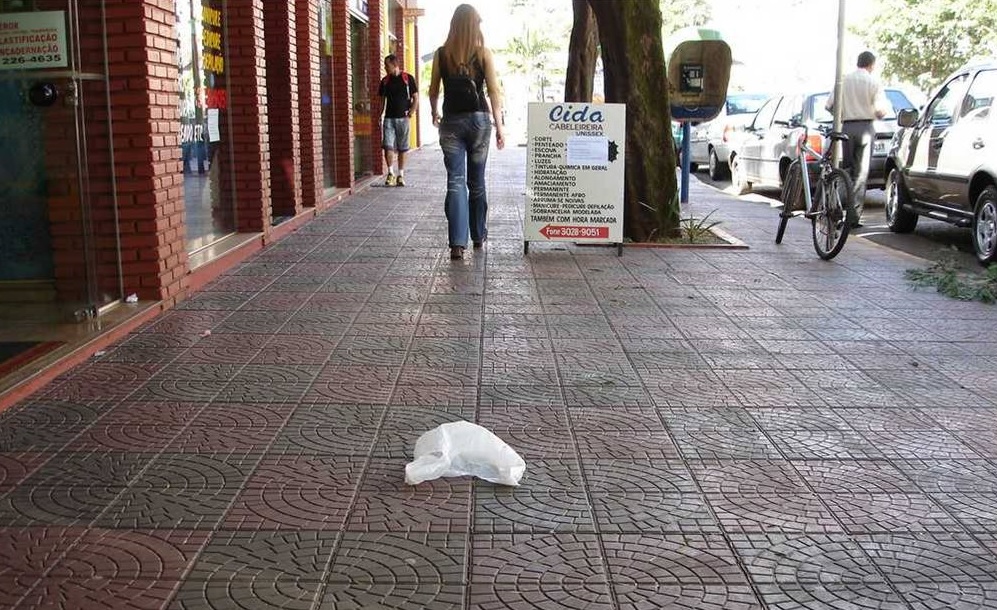Entrevista concedida pela FUNVERDE para a revista HM! sobre as malditas sacolas plásticas de uso…
Pigments from peanuts: a better way to make dyes from agricultural waste

Researchers at the Argentine National Institute for Industrial Technology (INTI) are taking a new approach to the manufacture of natural dyes from agricultural waste. The method involves extraction of pigments from waste and conserving them in dust form, meaning they can be dry stored for use all year round. Over the past year numerous agricultural materials have been tested with one of the most promising candidates being peanut shells – one of Argentina’s main exports.
The study has two aims; firstly to identify a sustainable process for creating water-soluble natural dyes that may be dry-stored, and that is capable of creating reliably high-grade products; and secondly, to ascertain the optimal circumstances for consistent staining and retention over time.
The conventional method of extracting natural dyes involves boiling vegetables in running water, but the advantages to this new technique are that the feedstock can be maintained all year round using products that would otherwise be discarded, and the direct extraction of the pigment.
Identification of suitable species is a collaborative effort between the Department for Chemistry and Textiles, and the Outreach Unit of the Institute. So far 20 dyes from plant species have been isolated and tested, including: sunflower husk, parsley, olive, laurel, rosemary and lemon, walnut, peanut and onion. The method of extracting the dye means they are very resistant to wear and washing, but like many natural colors they remain sensitive to light exposure so far.
It’s hoped that this dye retention can be improved with further research, and researchers will continue to evaluate other potential sources from other industries such as food, cosmetics, paints, paper and rubber and apply some of these to an industrial-scale application.
Fonte – Treehugger de 16 de janeiro de 2011
Esses pigmentos naturais podem e devem ser utilizados para impressão em plásticos oxibiodegradáveis.




Este Post tem 0 Comentários